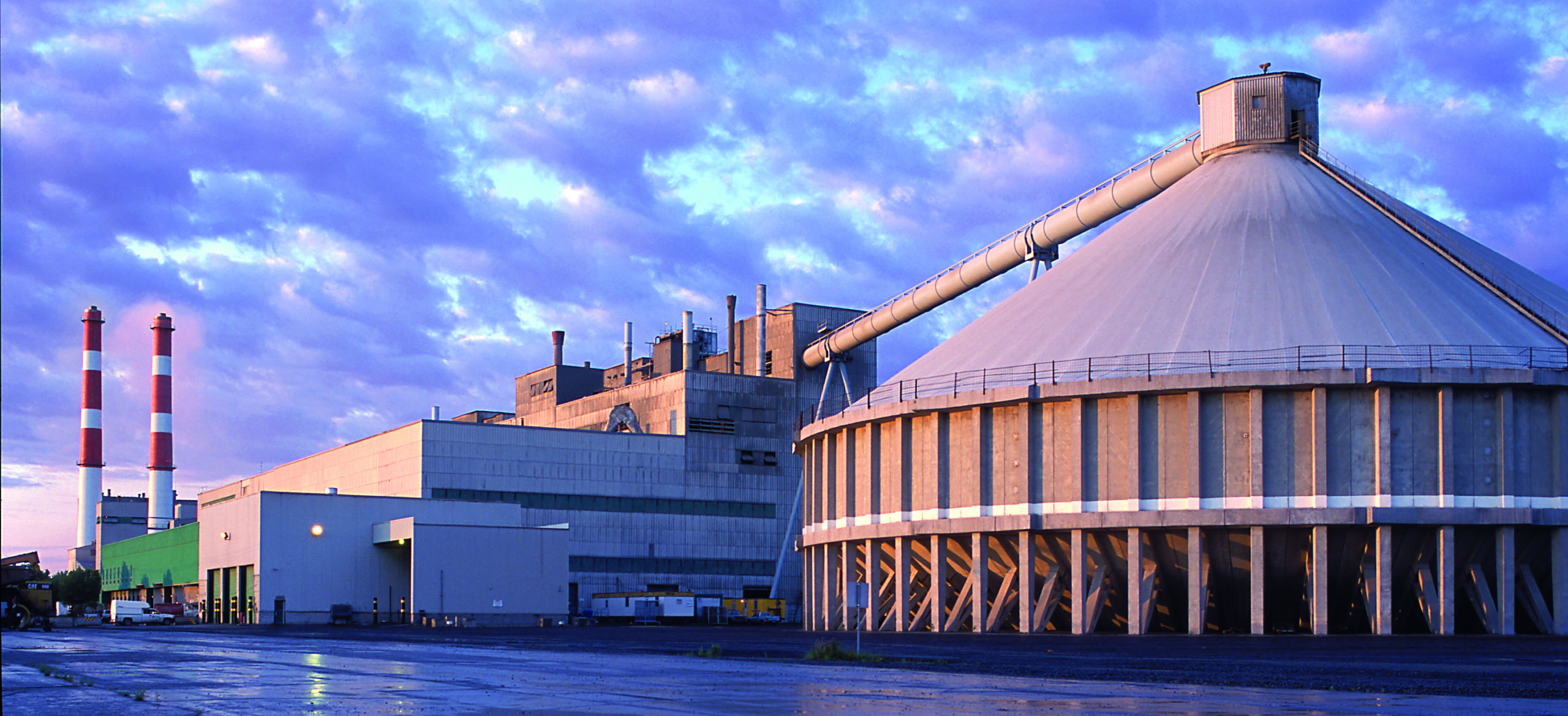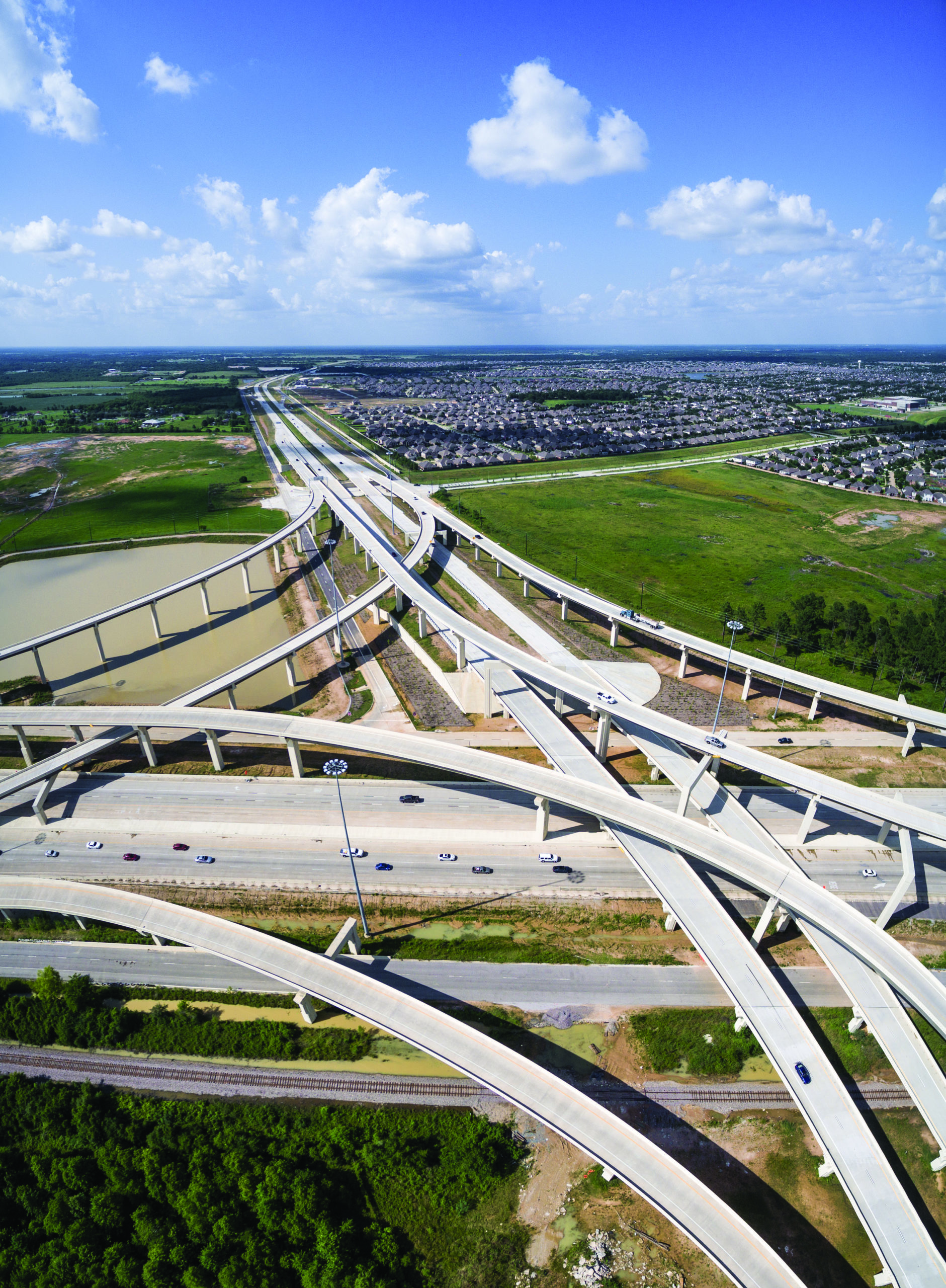Sean O’Neill
SVP Government Affairs, PCA
Last month, President Biden announced a sweeping $2 trillion/8-year infrastructure plan which included repairs to roads and bridges, jump starting transit projects and rebuilding schools and hospitals. This plan also called for every dollar spent to be used to prevent, reduce and withstand the impacts of the climate crisis. Additionally, Republicans in the Senate recently proposed a $568 billion/5-year infrastructure plan and House and Senate Committees are currently drafting multi-year surface transportation authorization bills.
In addition to the prospect of Federal action on infrastructure this year, the U.S. is projected to add 121 billion square feet of buildings by 2050, the equivalent of constructing New York City every year for the next 20 years, leading to what will likely be unprecedented level of construction, maintenance and renovations.
Cement and concrete are uniquely positioned to help quickly and cost-effectively meet these infrastructure demands and sustainability requirements. Concrete made with cement is a proven material – it’s strong and durable, requires minimal repairs over its lifetime, and improves the thermal mass of buildings, helping them be more energy efficient. The industry is also committed to reducing its emissions and achieving carbon neutrality across the concrete value chain – something that will require partnerships from legislators and regulators.
At the end of April, the industry hosted a virtual Fly In, meeting with members of Congress to discuss how we can reinvest in American infrastructure, jobs and build for a sustainable future.
Concrete is the second most-utilized material in the world (after water) and the U.S. uses about 260 million cubic yards of concrete each year. We have been working to reduce emissions in our own industry and throughout the built environment for years and are currently developing a roadmap to bring us to carbon neutrality by 2050. Through innovative technology, increased use of alternative fuels and lower carbon cement options, we can achieve carbon neutrality across the cement and concrete value chain. Now we need policymakers to invest too and create policies and regulations that spur innovation and drive demand for low-carbon cement.
There are multiple levers to reducing emissions in the cement industry. One that would make an immediate impact is increasing use and specification of alternative cement blends such as portland limestone cement (PLC), which takes less energy to produce and can reduce emission by up to 10%. However, currently, PLC is not able to be used in many states. That can be remedied with policy makers encouraging DOT’s to allow for the use of and increase the uptake of this cement blend.
Another way to further reduce emissions in the near-term would be to approve the use of alternative fuels such as unrecyclable plastics, carpet remnants and tires, which are less carbon intensive than traditional fossil fuels and keep the materials out of landfills.
Long term, the industry and the government need to invest in emerging technologies for carbon capture. In order to meet the carbon reduction targets, this technology is crucial and will make up the bulk of emissions reductions.
As is often the case, sustainability improvements beget cost savings too, reducing energy use in buildings or gas consumed by cars saves building residents and drivers money. Over the long-term, building with concrete saves money: every $1 spent on resilient building and construction – such as structures made with reinforced concrete – can save $6 in recovery costs in the event of a natural disaster; and the same goes for pavements as concrete’s typical lifespan of 30 to 50 years can give the public more years of service per dollar spent than other materials.
The road to sustainable development requires continued collaboration from government, industry, academia and the private sector to continue innovation in building materials that enable sustainable development while meeting greenhouse gas reduction targets. Concrete can be an important foundation of that road.
To learn more about the cement and concrete industry’s commitment to sustainability visit shapedbyconcrete.com.



